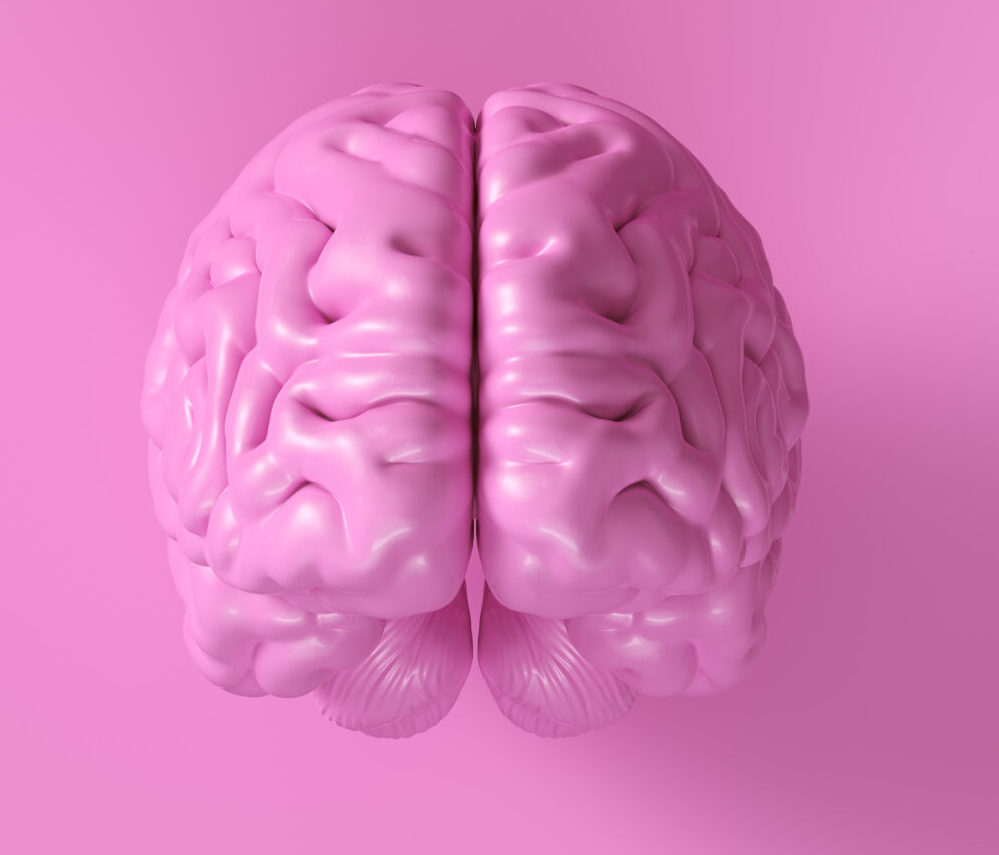Stem cell therapies hold great promise for treating neurodegenerative diseases, which affect millions of people worldwide. These diseases, such as Alzheimer’s, Parkinson’s, and Amyotrophic Lateral Sclerosis (ALS), are characterized by the progressive loss of brain cells, leading to severe cognitive and motor impairments. Traditional treatments often focus on managing symptoms rather than addressing the underlying causes of these diseases. However, stem cell therapies offer a new approach by potentially replacing damaged cells and promoting repair within the brain.
### How Stem Cells Work in Neurodegeneration
Stem cells are special cells that can develop into many different cell types in the body. In the context of neurodegenerative diseases, researchers use a type of stem cell called induced pluripotent stem cells (iPSCs). These cells are created from adult cells, such as skin or blood cells, which are reprogrammed to behave like embryonic stem cells. This means they can be directed to become any type of cell in the body, including brain cells like neurons and glial cells.
iPSCs are particularly useful because they can be derived from patients themselves, allowing for personalized models of disease. This means that researchers can study the progression of a disease in cells that carry the same genetic mutations as the patient. This approach helps in understanding how diseases develop and how they might respond to different treatments.
### Applications of Stem Cell Therapies
Stem cell therapies are being explored in several ways to combat neurodegenerative diseases:
1. **Cell Replacement Therapy**: This involves using stem cells to generate healthy brain cells that can replace damaged or dying cells in the brain. For example, in Parkinson’s disease, stem cells can be used to produce dopamine-producing neurons, which are lost in the disease.
2. **Disease Modeling**: By creating disease-specific cells from patients, researchers can study the disease mechanisms in detail. This helps in identifying potential drug targets and testing new treatments.
3. **Drug Discovery**: Stem cell models allow for high-throughput screening of drugs to identify those that are effective and safe. This accelerates the process of moving from laboratory research to clinical trials.
### Challenges and Future Directions
While stem cell therapies show great potential, there are challenges to overcome. One major issue is ensuring that the transplanted cells integrate properly into the brain and function as intended. Additionally, scaling up the production of these cells while maintaining their quality is a significant logistical challenge.
Despite these challenges, the field is rapidly advancing. Researchers are working on improving the efficiency of stem cell differentiation and developing more sophisticated models that mimic the complex environment of the brain. These advancements are crucial for translating stem cell therapies into effective treatments for neurodegenerative diseases.
In summary, stem cell therapies offer a promising avenue for addressing neurodegenerative diseases by providing tools for disease modeling, drug discovery, and potentially, cell replacement therapies. As research continues to evolve, we may see significant improvements in the treatment and management of these debilitating conditions.

